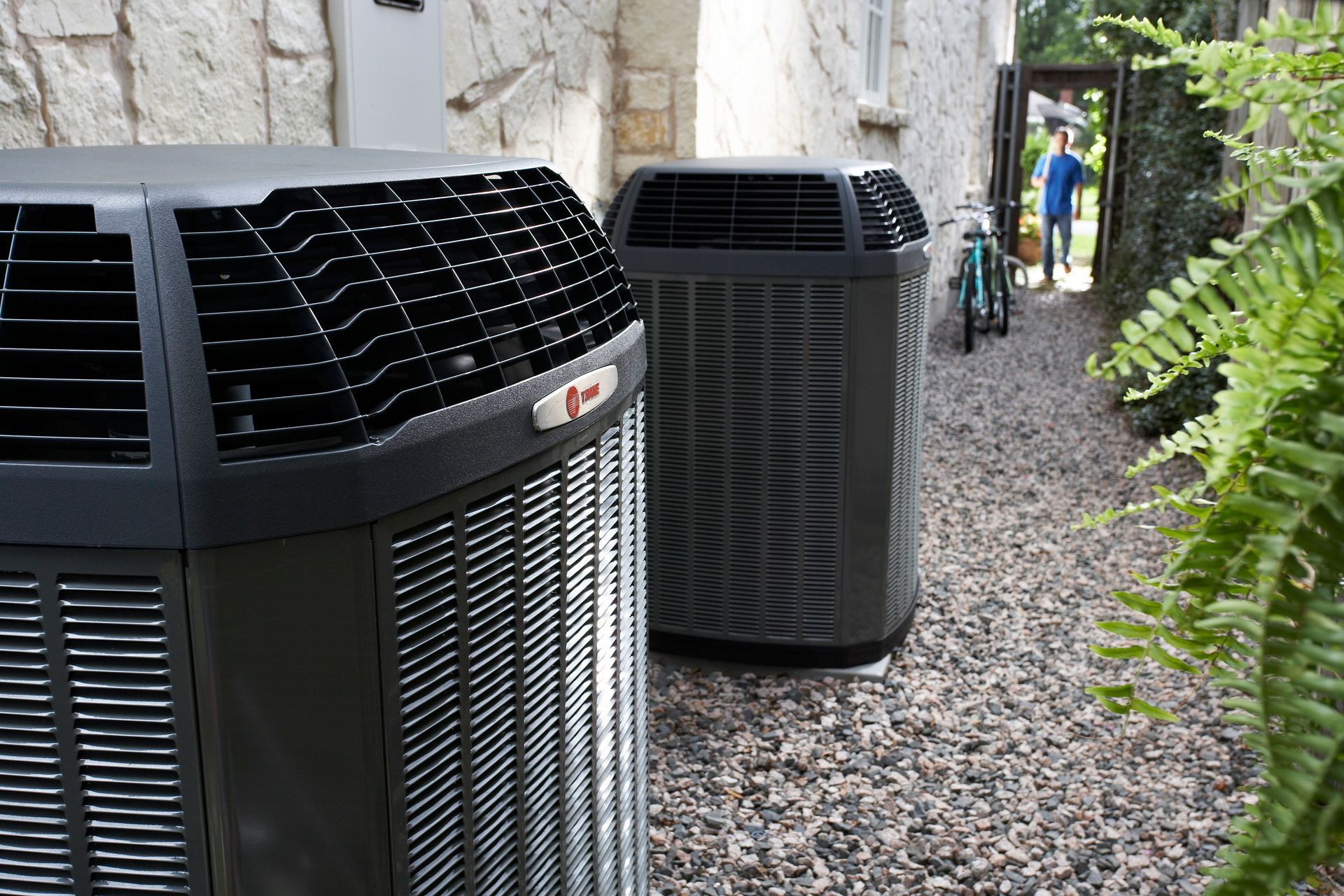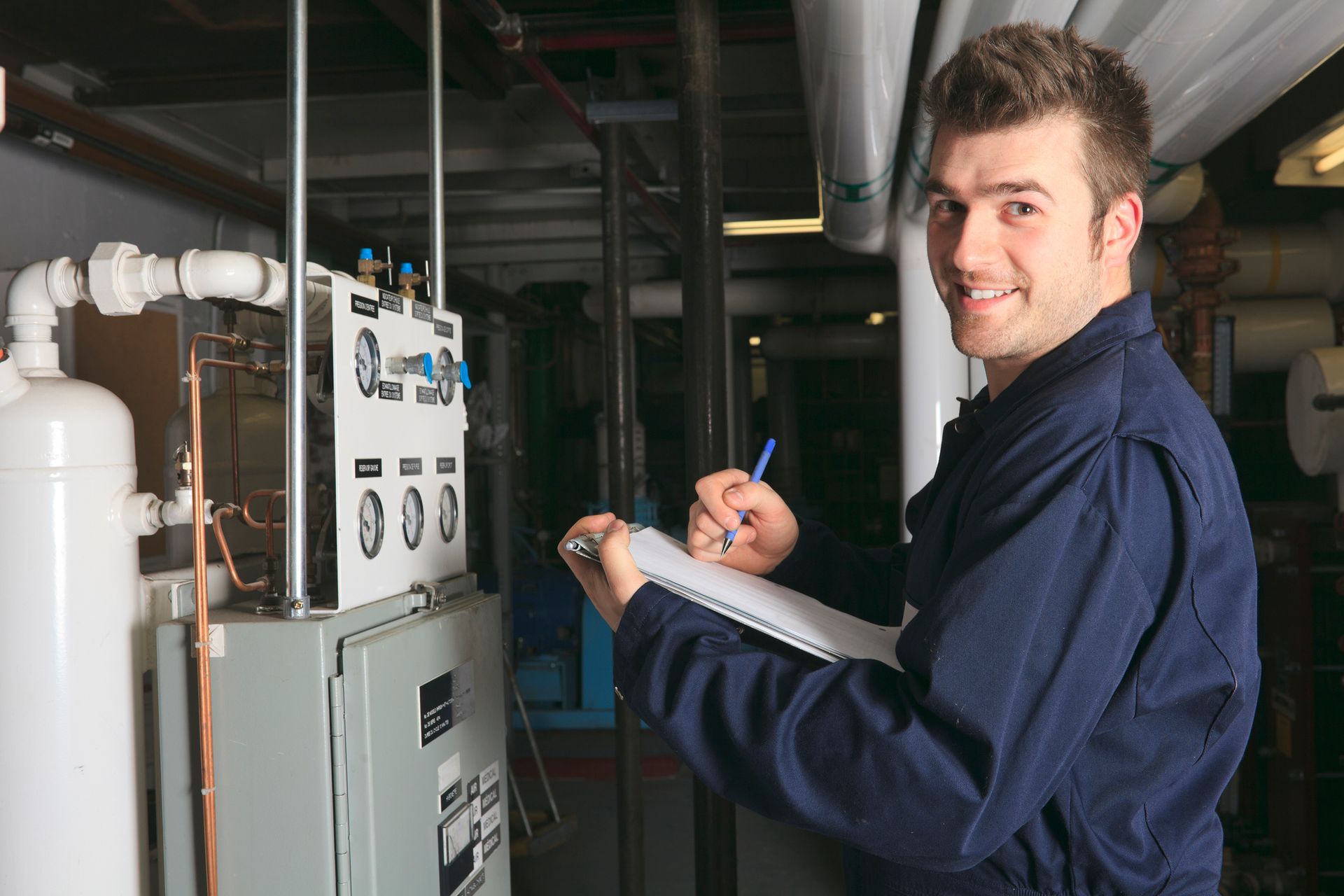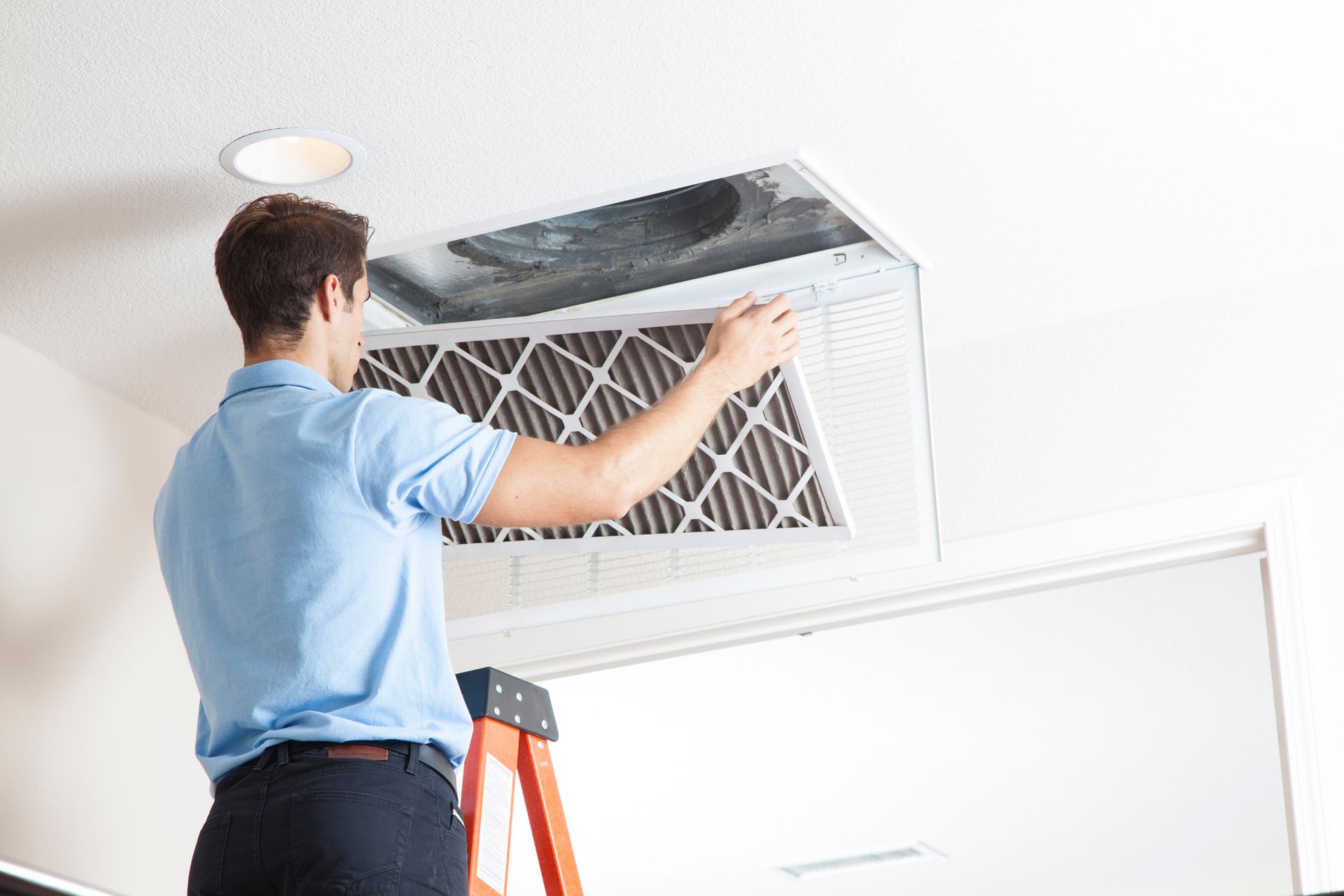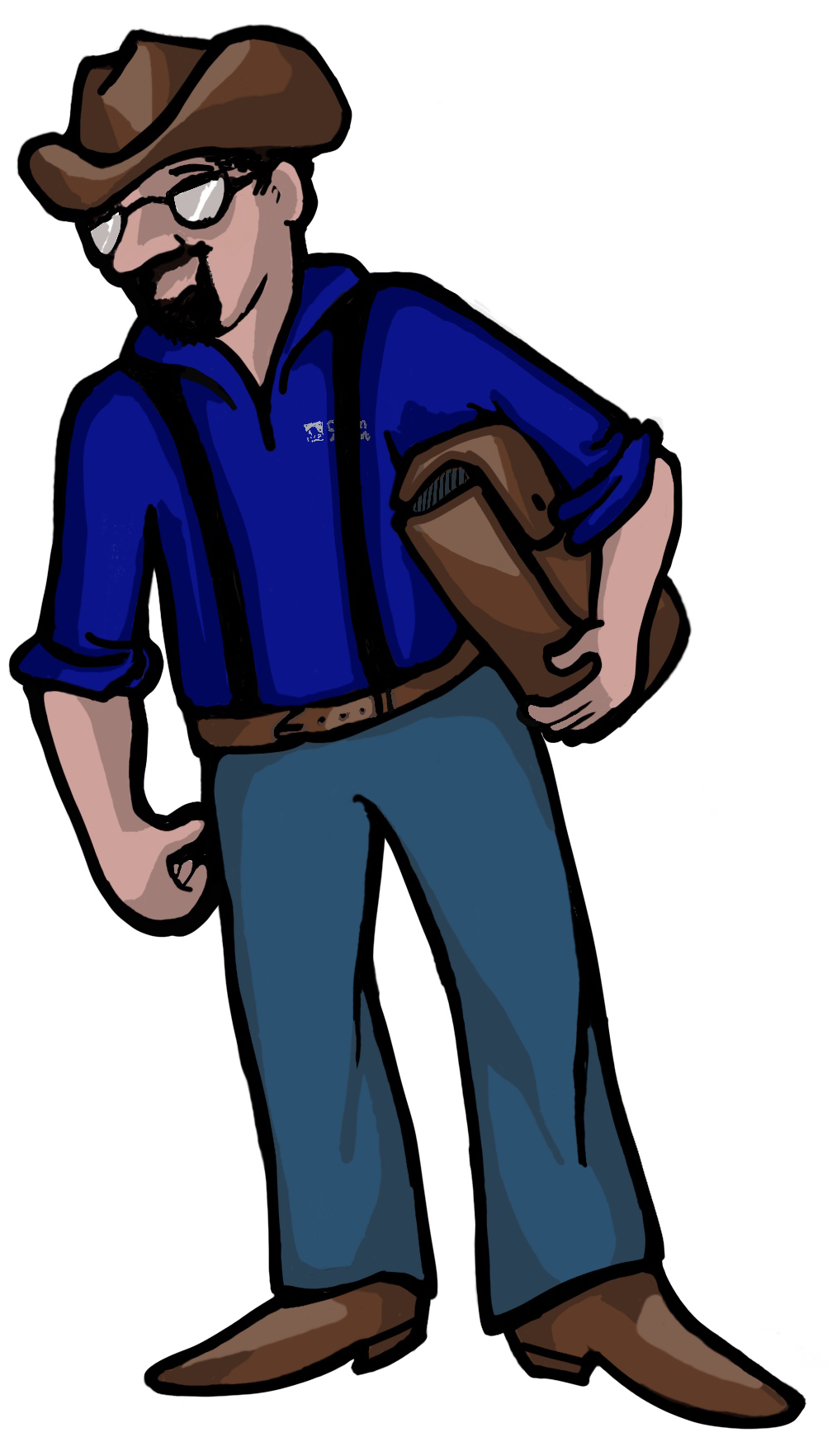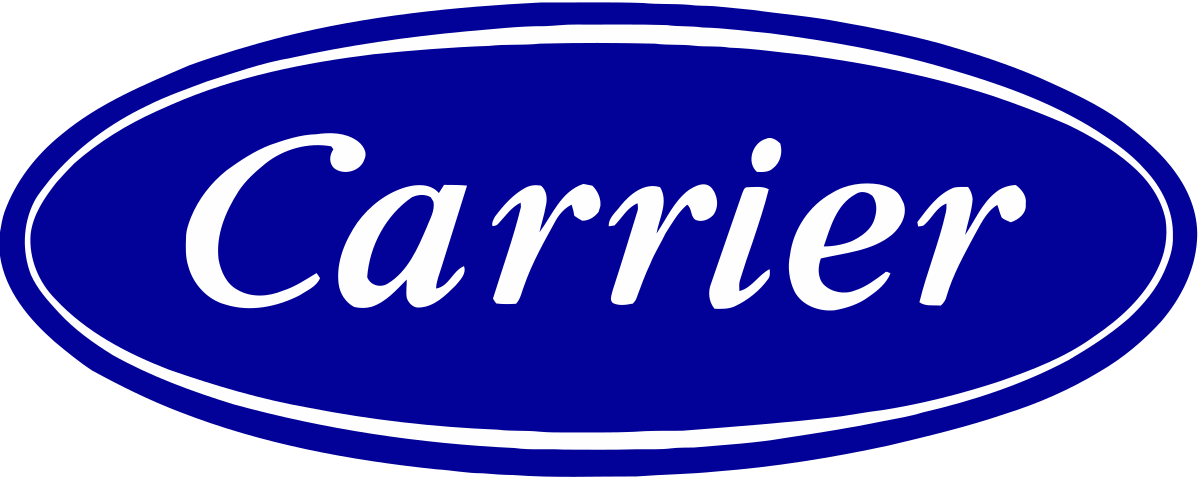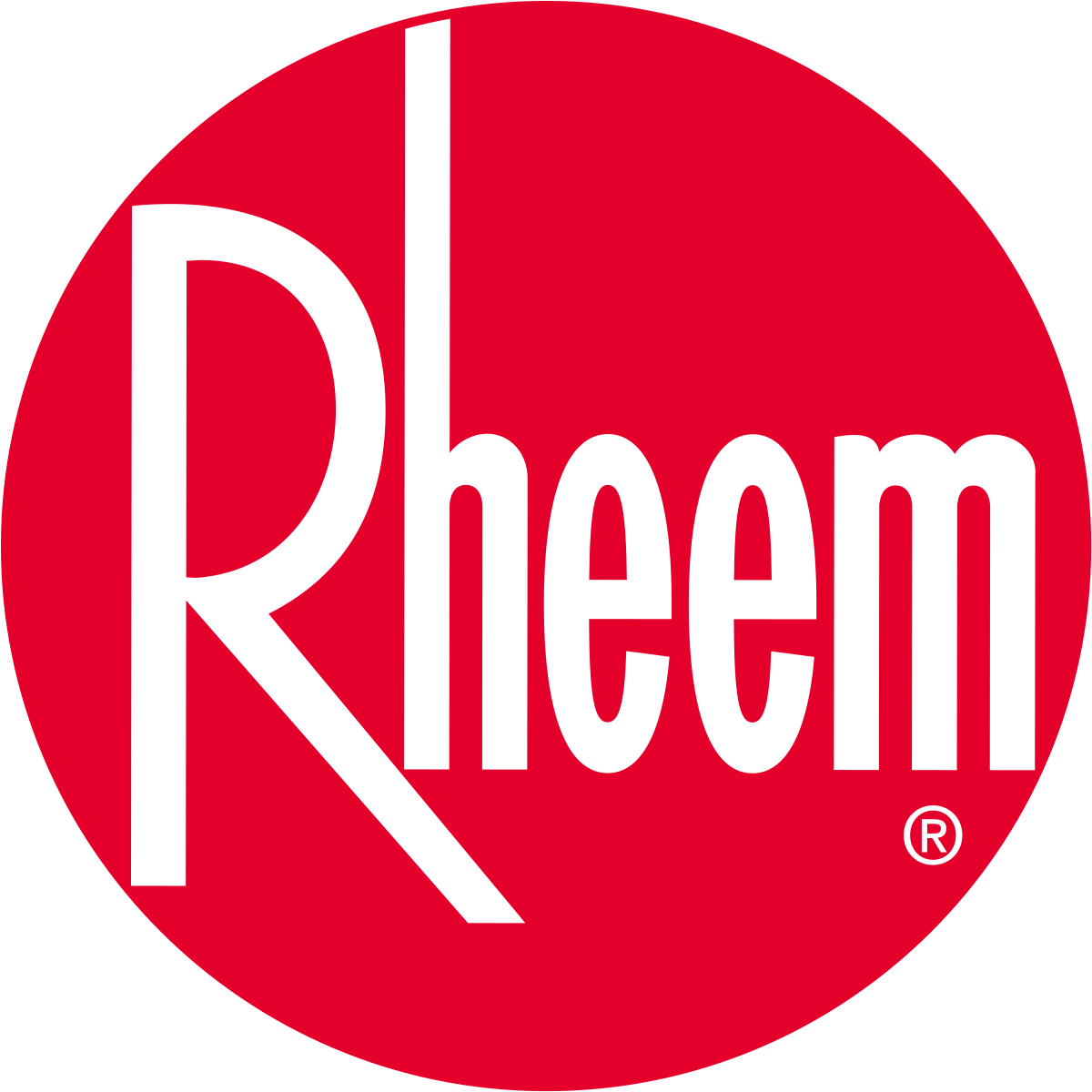A heat pump is similar to an air conditioner in a lot of ways. Even though it cools using the same methods, a heat pump also has the added feature of heating your home. It’s a feature that an air conditioner does not offer. With the addition of heating come some unique parts that make a heat pump different from an air conditioner.
When you need service for a heat pump in Estacada, OR , you can give our team a call to schedule an appointment. Whether you need preventative maintenance or repairs, our team is always here to help. You can also keep reading to learn more about the components that help your heat pump operate to warm your home during the winter.
Reversing Valve
One of the primary components that sets a heat pump apart from an air conditioner is the reversing valve. This valve is a switch that allows refrigerant to move in the opposite direction. A standard air conditioner moves refrigerant in a single loop that absorbs heat from inside your home and channels it outside to release the heat. Then the refrigerant returns to the inside of your home and completes the cycle all over again.
When the reversing valve switches over to heating mode, refrigerant moves in the opposite direction. It absorbs heat from outside your home to transfer to the air inside. After releasing that heat inside, it cycles back outside to absorb more heat. You can switch effortlessly between heating and cooling modes all with the same system.
Extra Expansion Valve
All air conditioners have an expansion valve that helps to lower the pressure of refrigerant and make it cooler after it releases heat outside. This way, when it channels back into your house it has the maximum capacity for absorbing heat to cool down the air.
A heat pump has an additional expansion valve since refrigerant can move in both directions. This extra expansion valve allows refrigerant to compress down and get cooler before exiting your home to absorb heat and bring it back in.
Controls for Defrosting
Traditional air conditioners don’t usually operate in the winter when temperatures are cold outside. This means there’s less of a risk that outside coils will ice over. But a heat pump operates all year long. As a precaution, it has controls for defrosting the outside coils just in case they ever begin to develop ice during the winter season. These controls can detect the development of ice and trigger defrosting until the ice is gone. Then the defrosting mechanism turns off and your heat pump resumes normal operation.
Suction Accumulator
Since refrigerant moves in the opposite direction, it runs the risk of entering the air compressor and potentially mixing in with oil in the system. Because of this risk, your heat pump has a suction accumulator that absorbs this refrigerant to prevent it from getting into your compressor. If it does get into your compressor, the result is called slugging and can negatively impact how your heat pump is able to operate.
Please call Sydni, our Office Extraordinaire, to schedule your next appointmen t! We will take care of you from there!
The post The Parts That Make a Heat Pump Different From an AC first appeared on Clean Air Act Inc..

